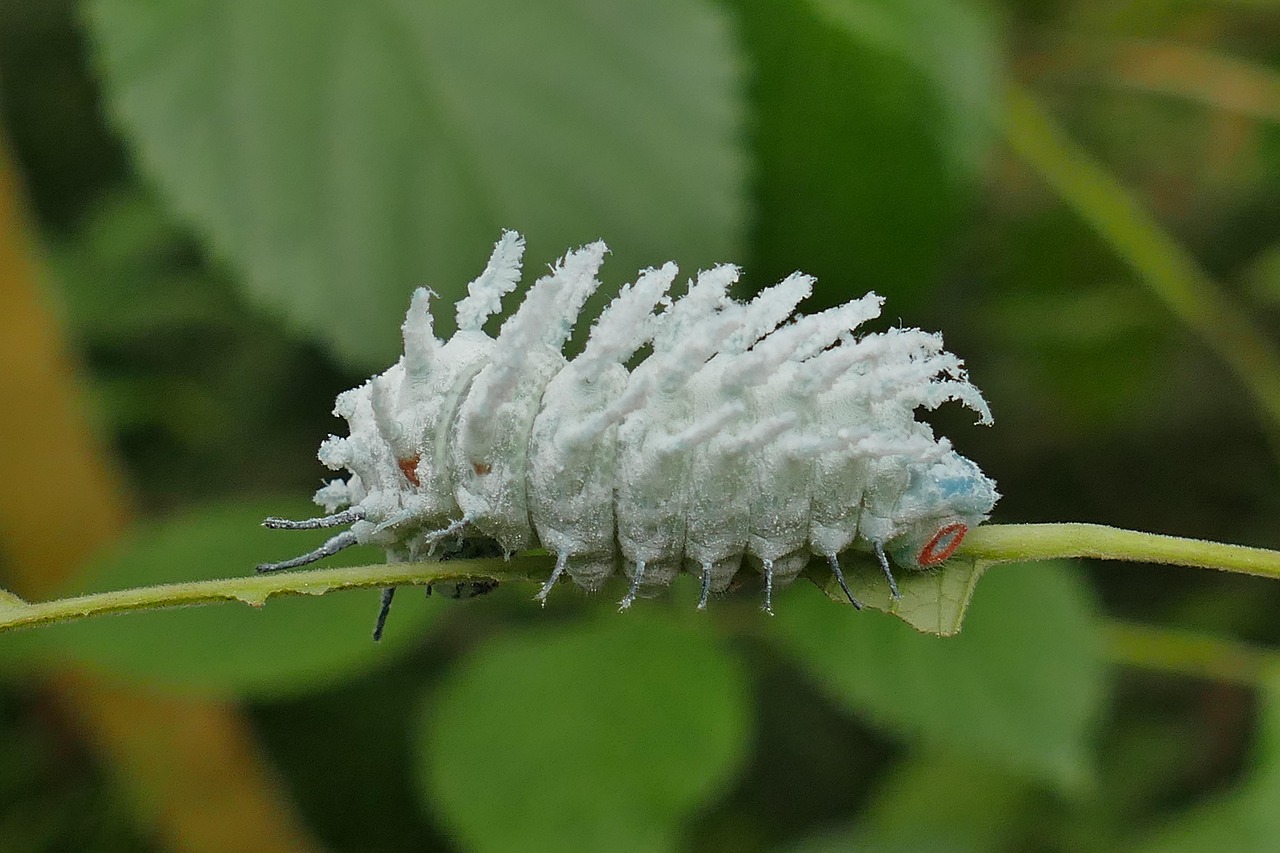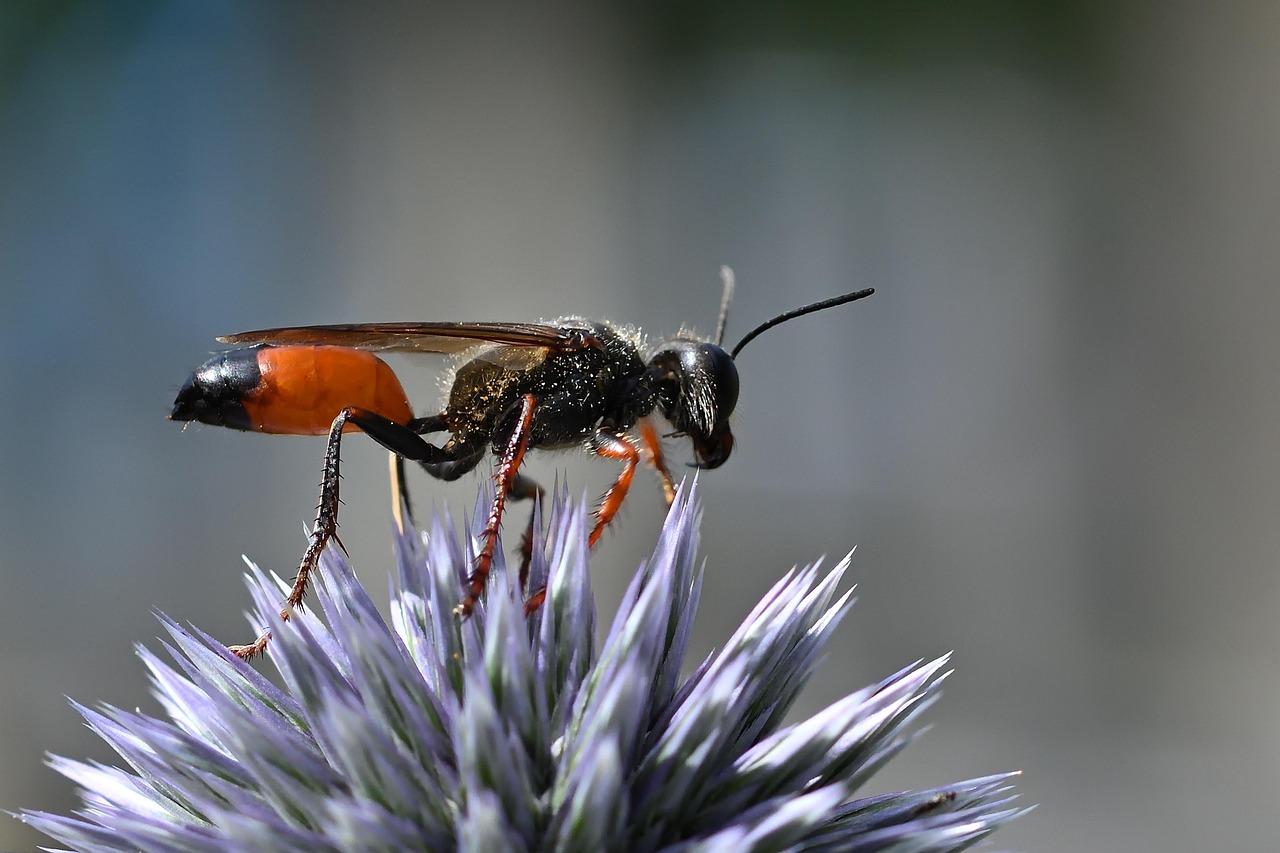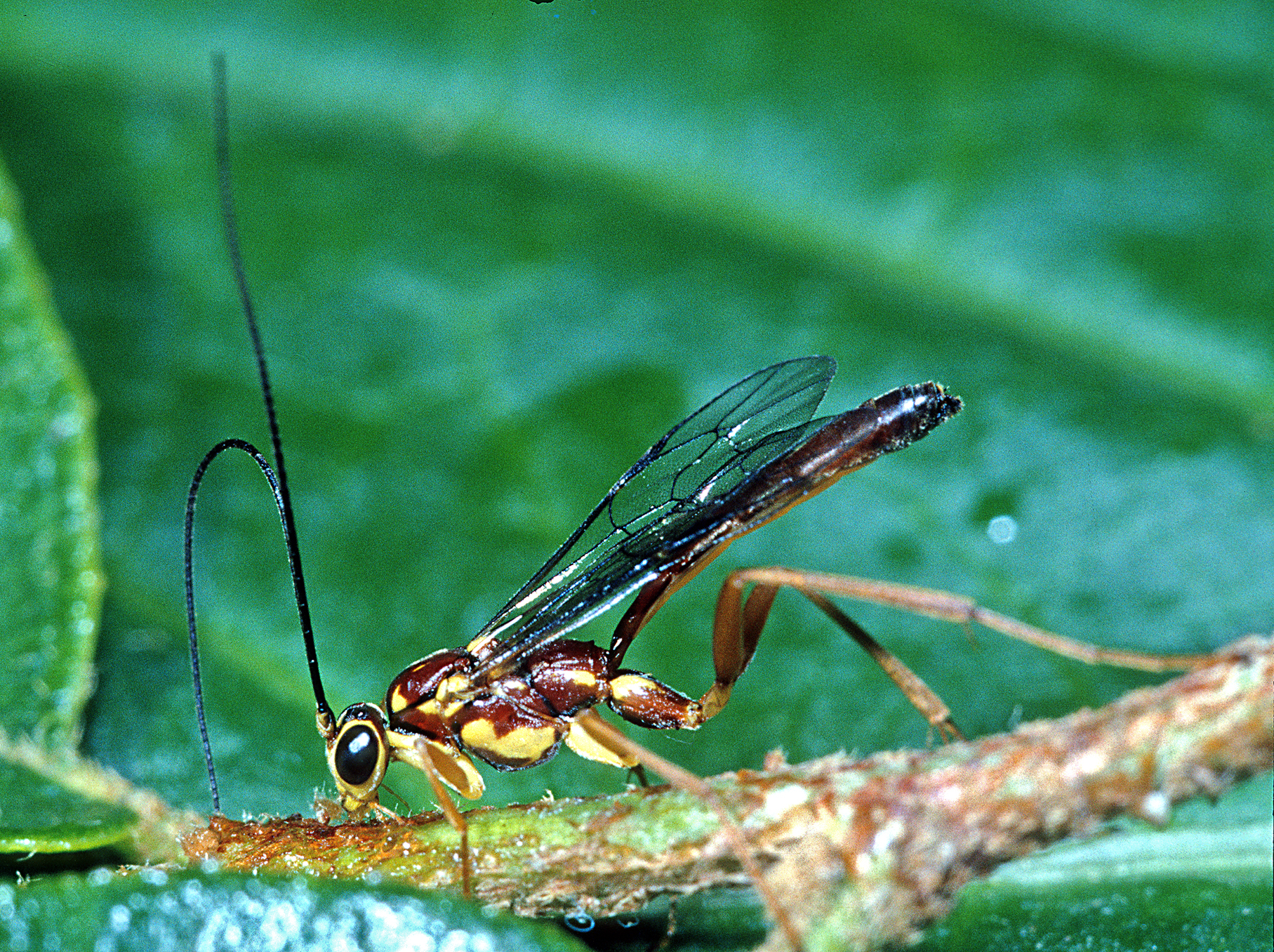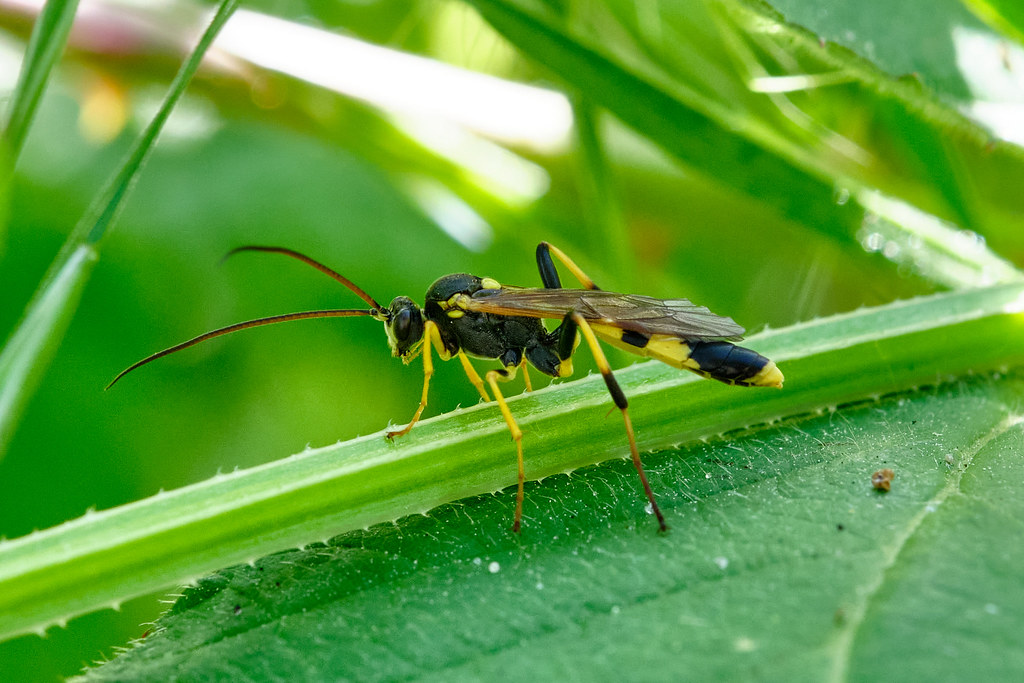Imagine your worst nightmare: being paralyzed, helpless, and fully aware while something systematically transforms your living body into a nursery for its babies. This isn’t science fiction—it’s the horrifying reality for countless insects that fall victim to parasitoid wasps. These tiny assassins don’t just kill their prey; they turn them into unwilling babysitters, keeping them alive as fresh food for their developing offspring. The natural world is filled with these chilling partnerships where death becomes a twisted form of motherhood.
The Parasitoid Wasp’s Deadly Strategy
Parasitoid wasps have perfected one of nature’s most sinister hunting techniques. Unlike predators that simply kill and eat their prey, these wasps need their victims to stay alive. They inject eggs directly into living insects, along with a cocktail of chemicals that manipulate their host’s behavior and biology.
The wasp’s venom doesn’t kill—it enslaves. It contains compounds that suppress the host’s immune system while keeping all vital functions running. This ensures the developing wasp larvae have access to fresh, living tissue rather than decomposing flesh.
The Horrifying Injection Process

The attack begins with surgical precision. Female parasitoid wasps locate their target through chemical signals and vibrations. Once they’ve found the perfect host, they use their needle-like ovipositor to pierce through the victim’s exoskeleton.
The injection process takes only seconds, but it seals the host’s fate. Along with the eggs, the wasp deposits viruses and toxins that will gradually take control of the host’s nervous system. The victim rarely realizes what’s happening until it’s far too late.
Some wasps are so specialized that they can inject their eggs into specific body parts, ensuring their offspring develop in the most nutritious locations. This biological warfare has been refined over millions of years of evolution.
Chemical Mind Control in Action

The injected chemicals work like a sophisticated biological computer virus. They rewrite the host’s behavioral programming, turning independent insects into zombie-like servants. The host’s natural survival instincts become redirected toward protecting the wasp larvae inside them.
These mind-altering compounds affect neurotransmitter production in the host’s brain. The result is a creature that continues to eat, move, and function normally while unknowingly nurturing its own killers. It’s as if the wasp has installed remote control software in the host’s nervous system.
The precision of this chemical manipulation is astounding. The host remains alert enough to avoid predators and find food, but loses the ability to recognize the threat growing inside its own body.
The Caterpillar’s Tragic Transformation

One of the most documented cases involves the braconid wasp and tobacco hornworm caterpillars. The wasp injects dozens of eggs into the caterpillar’s body cavity, where they develop into larvae that feed on the host’s body fluids and tissues.
The caterpillar continues its normal activities—eating leaves, growing, and moving—while the wasp larvae mature inside. The host even molts normally, shedding its skin while the parasites remain safely tucked inside. This biological horror show can continue for weeks.
What makes this particularly chilling is that the caterpillar’s behavior actually changes to benefit its parasites. It becomes less active and more focused on eating, essentially fattening itself up for the wasp larvae’s benefit.
The Spider’s Deadly Web Partnership

The relationship between Hymenoepimecis wasps and orb-weaver spiders represents one of nature’s most sophisticated examples of behavioral manipulation. The wasp doesn’t just use the spider as food—it turns the spider into an architect for its offspring.
After injecting its egg into the spider, the wasp’s chemicals gradually alter the spider’s web-building behavior. Instead of constructing normal webs for catching prey, the spider begins building a special cocoon-like structure. This isn’t random chaos—it’s precise engineering directed by the wasp’s biological programming.
The spider works tirelessly to create the perfect nursery for the wasp larva, complete with protective barriers and structural reinforcements. The spider has essentially become a construction worker building its own executioner’s chamber.
The Cockroach’s Living Nightmare

Emerald cockroach wasps have turned behavioral manipulation into an art form. These wasps don’t inject eggs randomly—they target specific areas of the cockroach’s brain with neurosurgical precision. The first sting paralyzes the front legs, while the second sting targets the brain’s decision-making center.
The result is a cockroach that can walk and respond to stimuli but has lost all motivation to escape. The wasp literally leads the cockroach by the antenna to its burrow, like walking a dog on a leash. The cockroach follows willingly, even though it’s walking to its own doom.
Inside the burrow, the wasp lays a single egg on the cockroach’s abdomen and seals the entrance. The cockroach remains alive and immobile, serving as fresh food for the developing wasp larva over several weeks.
The Cellular Hijacking Process
At the cellular level, parasitoid wasps perform biological hacking that would make computer programmers envious. The injected viruses actually integrate with the host’s DNA, reprogramming cellular functions from the inside out. This genetic manipulation ensures the host’s immune system won’t attack the developing wasp larvae.
The viruses also alter the host’s metabolism, redirecting nutrients toward the areas where wasp larvae are developing. It’s like having a biological accountant that manages the host’s resources for maximum efficiency. The host’s body becomes a perfectly calibrated life support system.
Some wasp species inject so many different compounds that scientists are still discovering new mechanisms of control. Each chemical serves a specific purpose in the elaborate process of transforming prey into nursery.
The Gruesome Feeding Strategies

Wasp larvae employ feeding strategies that seem designed to maximize suffering. They typically avoid vital organs during early development, ensuring their host remains alive as long as possible. The larvae feed on body fluids, fat reserves, and non-essential tissues first.
This systematic approach to consumption means the host can survive for days or weeks while being slowly consumed from within. The larvae even produce chemicals that help preserve the host’s tissues, preventing bacterial infection that could spoil their food source.
As the larvae grow larger, they become less careful about avoiding vital organs. The final stages of development are rapid and devastating, as the mature larvae consume whatever remains of their host before pupating.
The Emergence of New Killers

The moment of emergence represents the culmination of the wasp’s reproductive strategy. Adult wasps chew their way out of the host’s body, often leaving behind nothing but an empty shell. This process can take several hours, during which the host finally dies.
In some cases, dozens of wasps emerge from a single host, creating a horrifying spectacle of new predators entering the world. Each emerging wasp carries genetic programming that will drive it to seek out new hosts and repeat the cycle.
The timing of emergence is precisely controlled by environmental factors like temperature and day length. This ensures the new wasps emerge when conditions are optimal for finding mates and new hosts.
The Evolutionary Arms Race

The relationship between parasitoid wasps and their hosts represents millions of years of evolutionary warfare. Hosts have developed various defense mechanisms, including behavioral changes, immune system adaptations, and even symbiotic relationships with other organisms that help fight off parasites.
Some insects have evolved the ability to detect wasp pheromones and avoid areas where parasitoids are hunting. Others have developed thicker exoskeletons or chemical defenses that make injection more difficult. It’s an ongoing biological arms race with no clear winner.
The wasps, in response, have become increasingly sophisticated in their attack methods. They’ve evolved longer ovipositors, more potent toxins, and better camouflage to avoid detection. Each adaptation by the host drives further evolution in the wasp.
The Ecological Impact of Parasitoid Wasps

Despite their horrifying methods, parasitoid wasps play crucial roles in ecosystem balance. They help control populations of potentially harmful insects, including many agricultural pests. Without these tiny assassins, many ecosystems would be overrun by herbivorous insects.
Farmers and gardeners have learned to appreciate parasitoid wasps as natural pest control agents. A single wasp can eliminate dozens of caterpillars or aphids during its lifetime, providing biological control services worth millions of dollars annually.
The specificity of many parasitoid wasps makes them ideal for targeted pest control. Unlike broad-spectrum pesticides, these wasps typically attack only specific host species, leaving beneficial insects unharmed.
The Diversity of Parasitoid Species

Scientists have identified over 600,000 species of parasitoid wasps, making them one of the most diverse groups of animals on Earth. Each species has evolved unique strategies for finding, attacking, and controlling their hosts. This incredible diversity reflects the evolutionary success of the parasitoid lifestyle.
Some wasps specialize in attacking eggs, others target larvae, and still others focus on adult insects. There are even hyperparasitoids—wasps that parasitize other parasitoid wasps, creating multi-layered cycles of biological horror.
The size range of parasitoid wasps is equally impressive. Some species are smaller than a grain of sand, while others are large enough to attack beetles and other substantial insects. This diversity allows parasitoids to exploit virtually every available niche in the insect world.
The Future of Parasitoid Research

Modern research is uncovering new aspects of parasitoid biology that could revolutionize our understanding of behavioral control and biological warfare. Scientists are studying the molecular mechanisms of host manipulation, hoping to develop new approaches to pest control and even medical treatments.
The chemicals used by parasitoid wasps are being investigated for their potential applications in neuroscience and pharmacology. Understanding how these compounds alter behavior could lead to new treatments for neurological disorders.
Genetic engineering techniques are being developed to enhance the effectiveness of parasitoid wasps as biological control agents. These modified wasps could potentially target new pest species or work more efficiently in agricultural settings.
The Disturbing Beauty of Nature’s Design
The relationship between parasitoid wasps and their hosts forces us to confront the darker aspects of natural selection. These interactions represent evolution’s solution to the challenge of reproduction and survival, even when that solution involves turning victims into unwilling nurseries.
The precision and complexity of these biological systems inspire both admiration and horror. Every aspect of the process—from host selection to chemical manipulation to larval development—has been refined by millions of years of evolution. The result is a biological machine of terrifying efficiency.
Perhaps most disturbing is the realization that consciousness and suffering may play no role in natural selection. The host’s experience of being consumed alive is irrelevant to the evolutionary process—only the wasp’s reproductive success matters.
The world of parasitoid wasps reveals nature’s capacity for both ingenious complexity and casual cruelty. These tiny insects have solved the fundamental challenge of reproduction by transforming other living creatures into biological nurseries. Their success reminds us that in the natural world, survival often depends on the ability to exploit others in the most intimate and devastating ways possible. What does this say about the true nature of the world we share with these remarkable predators?

